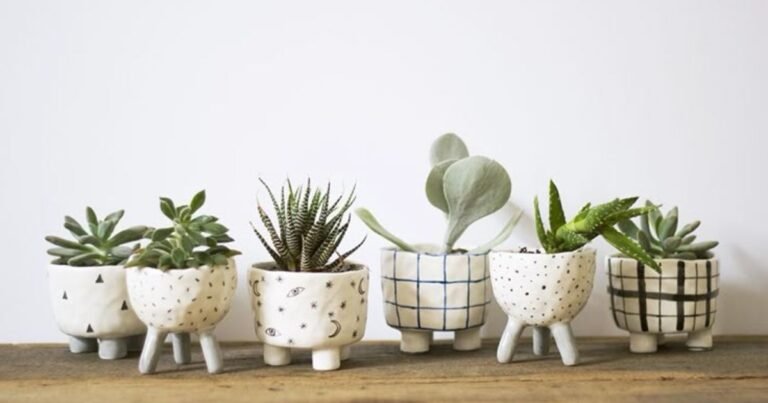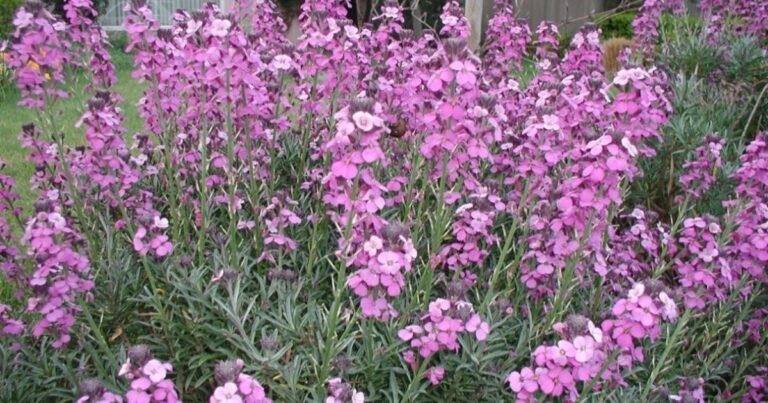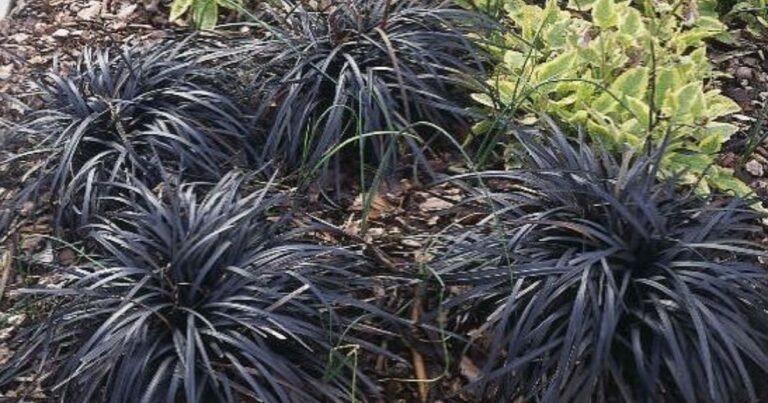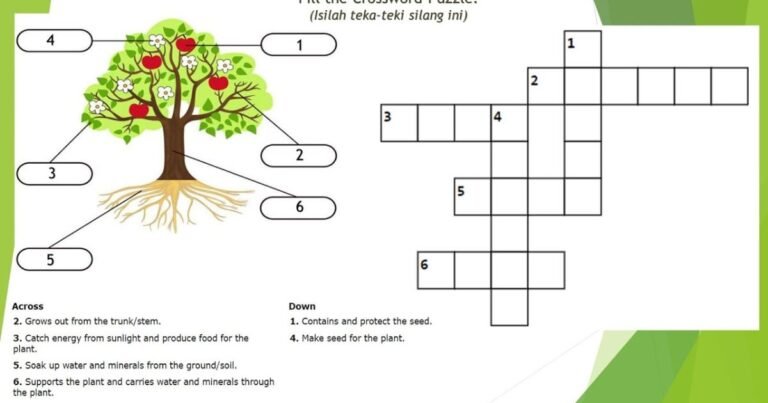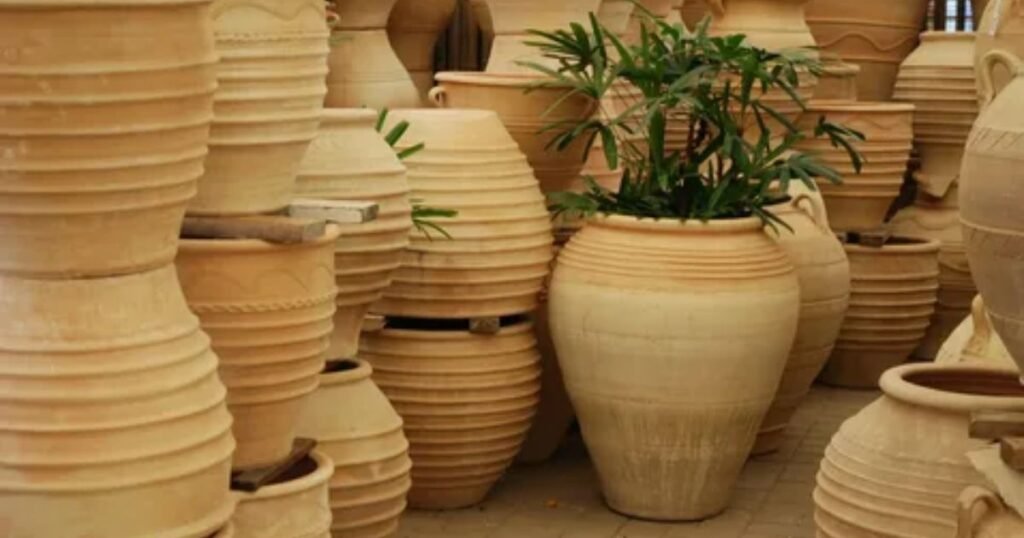
Large terracotta plant pots support healthy plant growth with natural breathability.
Large terracotta plant pots are a gardener’s favorite because of their natural porous material. This allows air and moisture to circulate, promoting healthy root systems. Unlike plastic pots, terracotta pots help prevent overwatering by allowing excess water to evaporate.
The size of large terracotta pots gives plants enough space to grow roots freely, which is essential for strong and healthy plants. Whether you’re growing herbs, flowers, or shrubs, using these pots can make a noticeable difference in plant vitality.
How to Prepare Your Large Terracotta Plant Pots Before Use?
Before planting, it’s important to clean your pots thoroughly to remove dust or residues. Soaking them in water for a few hours will help prevent quick drying of soil later. Adding a layer of small stones or broken pottery pieces at the bottom improves drainage, which is vital to avoid root rot.
Using good quality potting soil, preferably one designed for terracotta pots or container gardening, ensures plants get the nutrients they need. Avoid heavy garden soil that can compact and block drainage.
Best Plant Types for Large Terracotta Pots
Not all plants thrive in terracotta pots, so choose wisely. Mediterranean herbs like rosemary, thyme, and lavender do well because they prefer dry conditions. Succulents and cacti are also ideal due to the pot’s breathability.
For flowering plants, geraniums and petunias thrive in large terracotta pots, benefiting from good airflow to their roots. Shrubs and small trees like dwarf citrus also flourish when given enough space and good drainage.
Watering Tips for Large Terracotta Plant Pots
Terracotta is porous, meaning pots dry out faster than plastic. This means plants in large terracotta pots often need more frequent watering, especially during hot weather. Always check soil moisture by sticking your finger about an inch deep.
Avoid letting the soil dry out completely or stay too wet. Overwatering can cause roots to rot, while underwatering will stress the plant. Using mulch on the soil surface helps retain moisture without making the pot soggy.
How to Protect Large Terracotta Plant Pots From Cracking?
Terracotta pots are beautiful but fragile. Sudden temperature changes or freezing conditions can cause cracking. During winter, move pots indoors or wrap them with bubble wrap or burlap to protect from frost.
Avoid placing pots directly on cold surfaces; elevate them slightly with pot feet or bricks to improve drainage and reduce frost damage.
Styling Tips Using Large Terracotta Plant Pots
Large terracotta pots can be a centerpiece in your garden or patio. Their warm earthy tones complement many garden styles, from rustic to modern. Grouping several pots of different sizes creates visual interest.
Painted or decorated terracotta pots can add color, but make sure to use breathable paint designed for outdoor use to maintain airflow through the pot walls.For more gardening tips and high-quality pots, visit One Parish, a trusted supplier of large terracotta plant pots and gardening accessoriesLooking for the perfect plant to pot? Check out our complete beginner’s guide to planting Nandina — a low-maintenance favorite that thrives in terracotta containers.
How often should I water plants in large terracotta pots?
Watering frequency depends on plant type and weather, but generally every 2-3 days in hot weather and weekly in cooler seasons.
Can large terracotta plant pots be left outside in winter?
It’s best to bring them indoors or protect them from frost, as freezing temperatures can cause cracks.
What soil is best for large terracotta plant pots?
Use well-draining potting soil, ideally formulated for container gardening or terracotta pots.
Do large terracotta pots need drainage holes?
Yes, drainage holes are essential to prevent water buildup and root rot.
